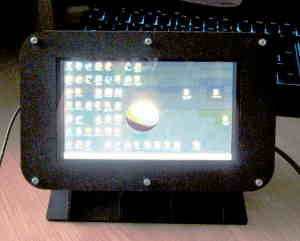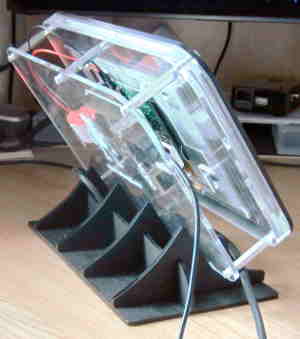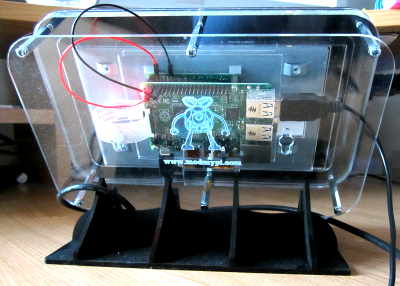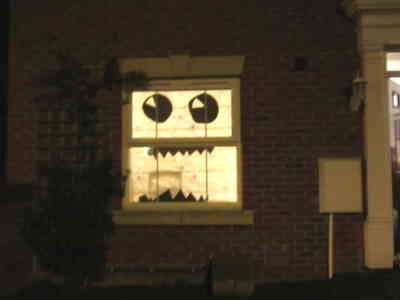OK so in the last post we got the new Raspberry Pi 7" Touch screen working in Raspbian Jessie.
I installed TightVNC server on the Windows machine and installed the tight vnc viewer client on the Pi
ran it with the IP address of the Windows machine
and it works!! cool!
(if you are executing GUI apps via ssh then you need to set DISPLAY first)
Hang on, its only showing the top left 800x600 pixels of the Windows machine, where is the scaling options? Sadly there aren't any! New plan, Google shows UltraVNC supports scaling. Install ... nope no scaling options, do I have to move from VNC to RDP? Not yet!
TightVNC has been forked into ssvnc and that supports scaling.
Is it on Raspbian Jessie? Lets check
it is!
The ssvncviewer man page and help screen both say you can "auto" scale and "fit" to screen but each time I tried I got scaling not supported. Manually setting the scaling worked though.
Scaled but too much, image of the Windows machine is too small
Now we are missing the bottom of the Windows screen
um, nothing displayed
Ah, perfect

Job done!
I installed TightVNC server on the Windows machine and installed the tight vnc viewer client on the Pi
sudo apt-get install xtightvncviewer
ran it with the IP address of the Windows machine
xtightvncviewer -fullscreen 192.168.50.1
and it works!! cool!
(if you are executing GUI apps via ssh then you need to set DISPLAY first)
export DISPLAY=:0.0
Hang on, its only showing the top left 800x600 pixels of the Windows machine, where is the scaling options? Sadly there aren't any! New plan, Google shows UltraVNC supports scaling. Install ... nope no scaling options, do I have to move from VNC to RDP? Not yet!
TightVNC has been forked into ssvnc and that supports scaling.
Is it on Raspbian Jessie? Lets check
apt-cache search vnc
it is!
sudo apt-get install ssvnc
The ssvncviewer man page and help screen both say you can "auto" scale and "fit" to screen but each time I tried I got scaling not supported. Manually setting the scaling worked though.
ssvncviewer -fullscreen -scale 0.5 192.168.50.1
Scaled but too much, image of the Windows machine is too small
ssvncviewer -fullscreen -scale 0.75 192.168.50.1
Now we are missing the bottom of the Windows screen
ssvncviewer -fullscreen -scale 0.65 192.168.50.1
um, nothing displayed
ssvncviewer -fullscreen -scale 0.6 192.168.50.1
Ah, perfect

Job done!







![[Pay4Foss banner long]](http://pay4foss.org/pay4foss_bar.png)